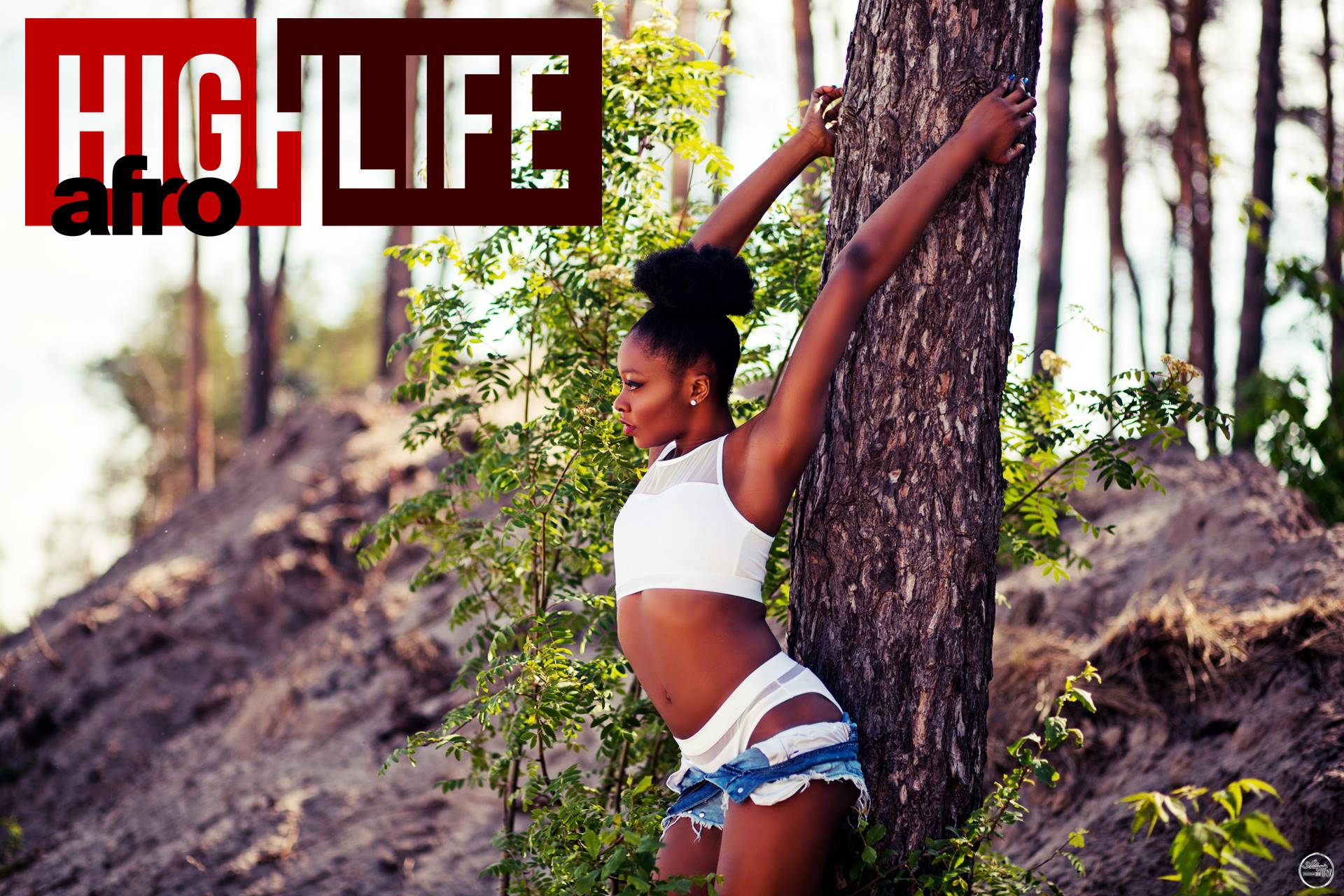Category: afro-highlife
In the 1920s, Ghanaian musicians incorporated foreign influences like the foxtrot and calypso with Ghanaian rhythms like osibisaba -Fante. Highlife was associated with the local African aristocracy during the colonial period, and was played by numerous bands including
the Jazz Kings, Cape Coast Sugar Babies, and Accra Orchestra along the county’s coast.
The high class audience members who enjoyed the music in select clubs gave the music its name. The dance orchestra leader Yebuah Mensah -E.T. Mensah’s older brother- told John Collins in 1973 that the term ‘highlife’ appeared in the early 1920’s “as a catch-phrase for the orchestrated indigenous songs played at clubs by such early dance bands as the Jazz Kings, the Cape Coast Sugar Babies, the Sekondi Nanshamang and later the Accra Orchestra. The people outside called it the highlife as they did not reach the class of the couples going inside, who not only had to pay a relatively high entrance fee of about 7s 6d -seven shillings and sixpence, but also had to wear full evening dress, including top-hats if they could afford it.” From the 1930s, Highlife spread via Ghanaian workers to Sierra Leone, Liberia, Nigeria and Gambia among other West African countries, where the music quickly gained popularity.

Хайлайф – музыкальный жанр, состоящий из танцевальных стилей англоязычной Западной Африки, сплав африканских ритмов с западной музыкой. Существуют две основные формы жанра: гитарные ансамбли с медно-духовой секцией, обладающей джазовым звучанием, либо исключительно гитарные ансамбли в сельских районах. Название возникло в 1920-х от обозначения пришедшего из Европы стиля «высокой жизни». Профессор Джон Коллинз, музыковед Университета Ганы, писал: «Объединив … так называемую музыку высокого класса с местными уличными мелодиями, родился совершенно иной тип музыки – сегодня мы знаем его как Хайлайф».

Bang La Decks


